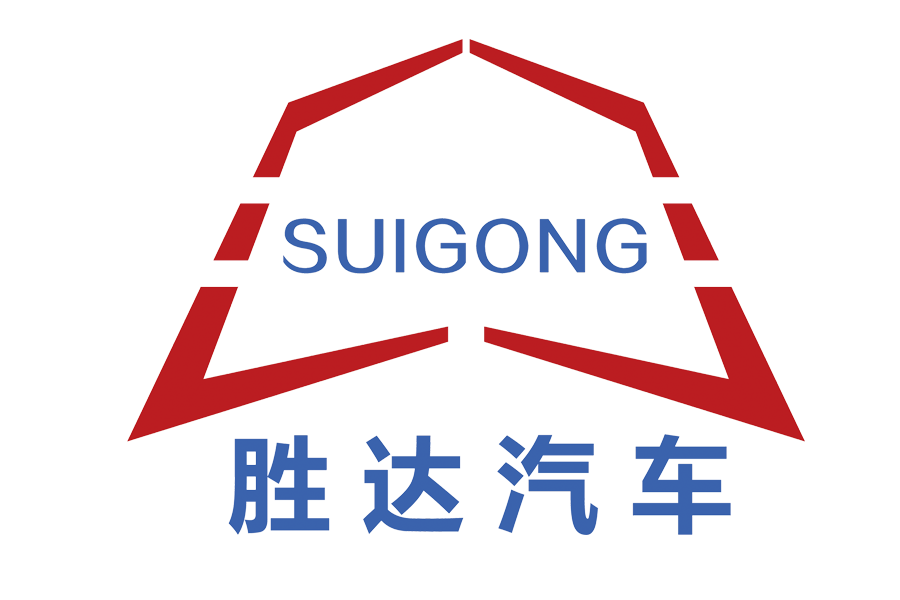Grand Logistics Park, located in the central logistics hub of Hubei Province, is one of the largest comprehensive logistics parks in the region. Covering an area of 1,200 acres, it handles over 5 million tons of cargo annually, with more than 3,000 trucks entering and exiting daily. However, the rapid growth of logistics operations has brought severe environmental challenges, especially dust pollution.
The park’s internal roads, cargo yards, and loading/unloading areas generate massive dust due to frequent truck movements and bulk cargo handling. According to environmental monitoring data in 2023, the average PM10 concentration in the park reached 180 μg/m³ during dry seasons, far exceeding the national industrial area standard of 150 μg/m³. In some high-traffic zones near the container terminal, PM10 even surged to 250 μg/m³, causing complaints from workers and neighboring communities.
The park’s existing dust control measures were ineffective. It operated 12 old sprinkler trucks purchased in 2015, each with a water capacity of only 5 cubic meters. These trucks required refueling and refilling 6-8 times daily, resulting in fragmented dust suppression coverage. Their fixed spraying nozzles could only cover 6 meters, leaving 2-3 meter gaps between spray paths on 15-meter-wide main roads. Moreover, the outdated mechanical control systems led to uneven water distribution, with over-spraying in some areas and insufficient coverage in others, wasting 30% of water resources.
To address these issues and meet the new environmental regulations issued by the provincial government in early 2024, Grand Logistics Park launched a project to upgrade its dust control fleet, seeking 20 high-performance sprinkler trucks. After a rigorous bidding process, Hubei Shengda Automobile Co., Ltd. was selected as the partner due to its innovative design proposals and strong technical capabilities.
Hubei Shengda’s engineering team conducted a 2-week on-site investigation in Grand Logistics Park, analyzing traffic flow patterns, dust hotspots, and water supply points. Based on the findings, they developed a dedicated sprinkler truck tailored for logistics environments:
Enhanced Water Capacity: The truck’s water tank, made of 5mm thick 316 stainless steel (more corrosion-resistant than conventional 304 steel), has a capacity of 12 cubic meters—over twice that of the old trucks. This reduces daily refills to 2-3 times, increasing continuous operation time from 2 hours to 6 hours.
Reinforced Chassis & Mobility: Equipped with a 280-horsepower diesel engine and a reinforced chassis with 10-ton axles, the truck can easily navigate uneven cargo yards and 爬坡 slopes up to 25 degrees, which is crucial for accessing remote areas of the large park.

